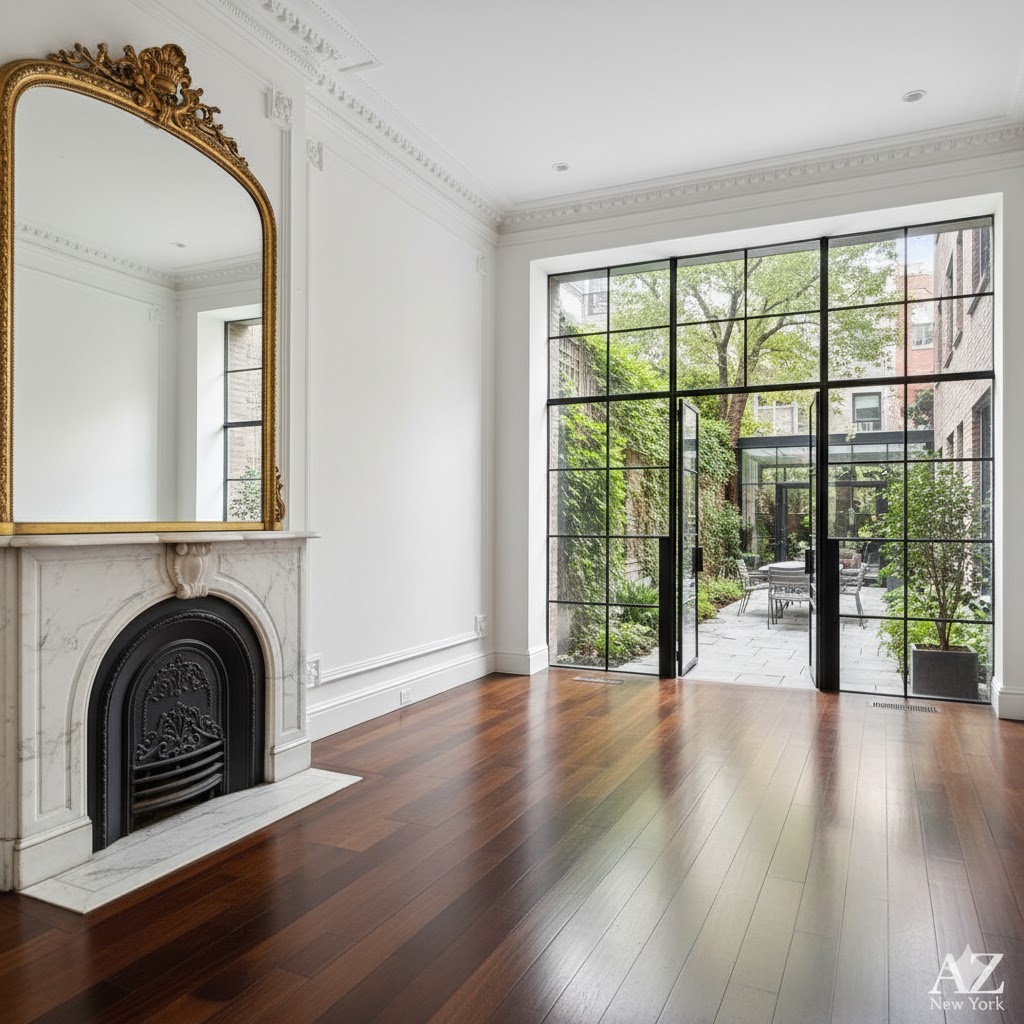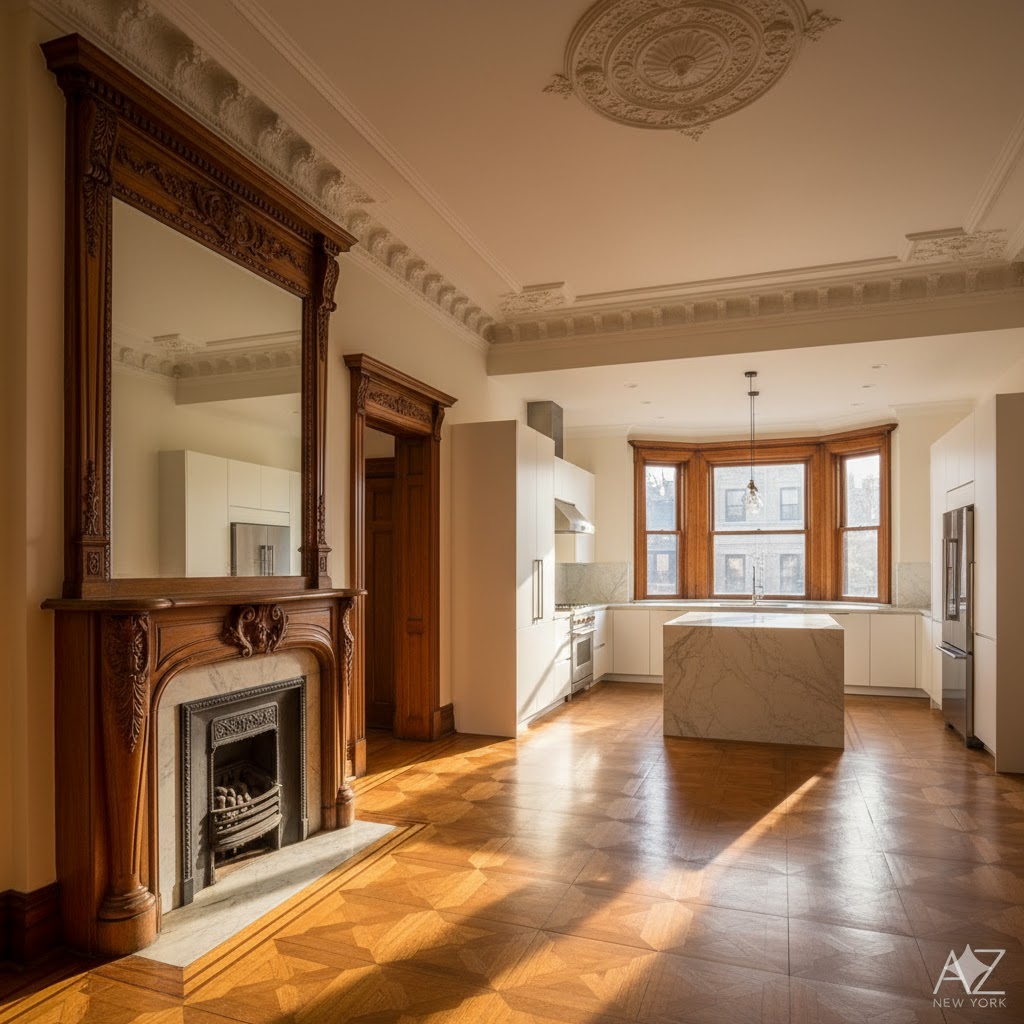A Founder’s Guide: How to Pitch to NYC VCs and Secure Funding

NYC Wealth Guides
Discover curated insights and exclusive opportunities for High-Net-Worth Individuals in the heart of New York City.
- NYC’s Top 15 Private Wealth Management Firms for HNWIs
- A Guide to Family Offices in New York City: Services, Focus, and Fees
- Comparing NYC’s Elite Private Banks: JPMorgan vs. Goldman Sachs vs. Morgan Stanley
- Choosing a Fiduciary Advisor in NYC: 10 Questions for International Investors
- Tax Strategies for High-Net-Worth Individuals Residing in New York
- Multi-Family Offices in NYC: A Guide for Ultra-High-Net-Worth (UHNW) Families
- Asset Protection Strategies: Top NYC Law Firms for HNWIs
- Understanding Trust and Estate Planning with NYC’s Top Legal Experts
- The Boutique Wealth Management Advantage: NYC’s Niche Firms
- Cross-Border Wealth Management: NYC Firms Specializing in European & LATAM Clients
- The 20 Most Active Venture Capital Firms in NYC for Seed-Stage Startups
- A Founder’s Guide: How to Pitch to NYC VCs and Secure Funding
A Founder’s Guide: How to Pitch to NYC VCs and Secure Funding
You’ve identified the most active VCs in NYC. Now comes the hard part: getting them to invest. A pitch in New York is different from one in Silicon Valley. NYC investors are known for being direct, financially rigorous, and deeply focused on the path to revenue. They have a “show me the money” attitude from day one.
A great idea is not enough. You must present a compelling *investment case*. At AZ New York, we coach founders on how to pass this test. This guide is your playbook for crafting a pitch that resonates with New York’s top-tier VCs.
The 10/20/30 Rule & The “NYC Edit”
The classic Guy Kawasaki “10/20/30 Rule” is your foundation: 10 slides, 20 minutes, 30-point font. But for an NYC audience, you need the “NYC Edit”—a relentless focus on business model and market.
Your 10-Slide NYC Pitch Deck:
- The Problem: What is the massive, painful, and urgent problem you are solving?
- The Solution: Your unique, elegant solution. This is your “vision” slide.
- The Product: A live demo or screenshots. Show, don’t just tell.
- The Market (The “TAM”): How big is this opportunity? NYC VCs *must* see a path to a $1B+ company.
- The Business Model (The NYC Slide): How do you make money? (SaaS, E-comm, FinTech, etc.) Be crisp. NYC investors hate “we’ll figure it out later.”
- Go-to-Market (GTM) Strategy: How will you acquire customers? Be specific (e.g., “B2B content marketing,” not “social media”).
- The Team: Why are you the *only* team in the world who can win this market?
- Traction / The “Ask”: What have you achieved so far (users, MRR)? How much are you raising and what will you *do* with it?
- The Financials: A simple 3-year projection. This shows you’ve done the math.
- The Vision (The Close): A single, powerful sentence on how you will change the world.
The Core Conflict: Traction vs. Vision
Founders often struggle with what to emphasize, especially at the seed stage. The pedagogical truth is that VCs need *both*, but in different measures.
| Feature | The “Vision” Pitch (Pre-Seed) | The “Traction” Pitch (Seed / Series A) |
|---|---|---|
| Core Question | “Can this founder *will* a future into existence?” | “Does this data prove a repeatable, scalable business?” |
| What You’re Selling | Yourself, your team, and the size of the market (the “dream”). | Your metrics: MRR, user growth, LTV/CAC ratio (the “proof”). |
| NYC Investor Focus | “Is this founder a domain expert?” “Is the market big enough?” | “What is the *path to revenue*?” “How good is the unit economics?” |
| The Conflict | You have no data, so you must rely on storytelling and conviction. | Your data is early. You must show it’s a *trend*, not a fluke. |
The Expert’s View: The “VC Investment” vs. “Speculation”
From a VC’s perspective, this is the difference between a real business and a hobby.
- An Investment (The Pitch VCs Fund): The founder presents a clear, data-driven hypothesis: “We believe X customer will pay Y dollars for Z product, and our early tests prove it. We need $2M to scale this.” This is a pitch based on investing in a scalable *process*.
- A Speculation (The Pitch VCs Pass On): The founder says, “We built a cool product and we hope users will come. We’ll figure out how to make money later.” This is a pitch based on a *hope*. NYC VCs do not invest in hope.
Real-World NYC Scenarios: Nailing the Pitch
1. The FinTech Founder (The “Show Me the Money” Pitch)
Profile: A former Morgan Stanley analyst is pitching a new trading algorithm to VCs like a16z and Two Sigma Ventures.
The Winning Pitch: She doesn’t lead with “vision.” She leads with *data*. Slide 2 is the backtest. Slide 3 is the live performance. She speaks their language (Sharpe ratios, alpha). She proves the *why* (the edge) before she ever discusses the *what* (the product). This is a classic NYC finance-focused pitch.
2. The B2B SaaS Founder (The “Go-to-Market” Pitch)
Profile: A founder is pitching a new HR tool to Insight Partners. The product is good, but the market is crowded.
The Winning Pitch: The founder dedicates 3 of her 10 slides to her Go-to-Market (GTM) strategy. She shows a brilliant, non-obvious plan for customer acquisition (e.g., “We are bypassing HR and selling directly to ‘Heads of Engineering’ via these 3 niche channels”). NYC VCs know that in a crowded market, the best *product* doesn’t win; the best *distribution* does.
3. The D2C Consumer Founder (The “Brand” Pitch)
Profile: A founder is pitching a new sustainable fashion brand to Imaginary Ventures.
The Winning Pitch: The pitch is all about *brand* and *community*. The founder doesn’t just show a jacket; she shows a “movement.” The deck is visually stunning, the “Traction” slide shows explosive social media engagement, and the “Team” slide includes a key creative director. She’s not selling a product; she’s selling a culture—a story AZ New York consumers will buy into.
Frequently Asked Questions (FAQ)
Q: What is the “Total Addressable Market” (TAM) and why do VCs care so much?
A: TAM is the total revenue you could *ever* make if you captured 100% of your market. As we covered in our VC guide, VCs need 100x+ returns. They will *only* invest if your TAM is in the multi-billions. A “Bottom-Up” analysis (“We will sell X units to Y customers at $Z price”) is always more credible than a “Top-Down” one (“Gartner says our market is $50B”).
Q: What is “Product-Market Fit” (PMF)?
A: PMF is the magic moment, as described by Marc Andreessen, when the “market pulls the product out of you.” It’s when your product is so good that it starts to grow on its own via word-of-mouth. Your whole job as a seed-stage founder is to prove you’ve found this.
Q: How do I handle a “no” from a VC?
A: Politely and professionally. A “no” in NYC is often a “not now.” Reply with: “Thank you for your time and feedback. Would you be open to me adding you to our quarterly update list?” This keeps the door open. Many VCs (like First Round) famously “passed” on companies only to invest in a later, more expensive round.
Keywords for Your Next Internet Search
How to pitch to VCs NYC, seed-stage pitch deck, 10-slide pitch deck template, venture capital pitch NYC, what do NYC VCs look for, Total Addressable Market (TAM), Product-Market Fit (PMF), Go-to-Market strategy for startups, how to secure seed funding, Andreessen Horowitz pitch, First Round Capital pitch, business model for startups, raising venture capital, AZ New York startups, founder’s guide to pitching
Read Next: Understanding Term Sheets from New York’s Top Tech Investors
NYC’s Top 15 Private Wealth Management Firms












